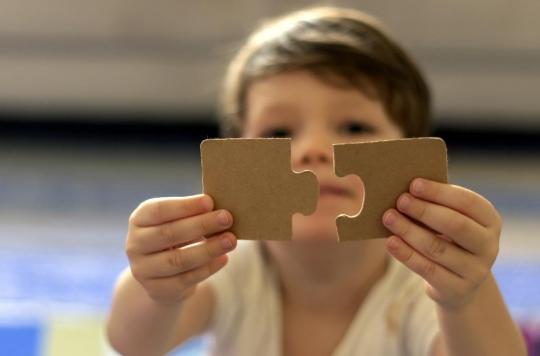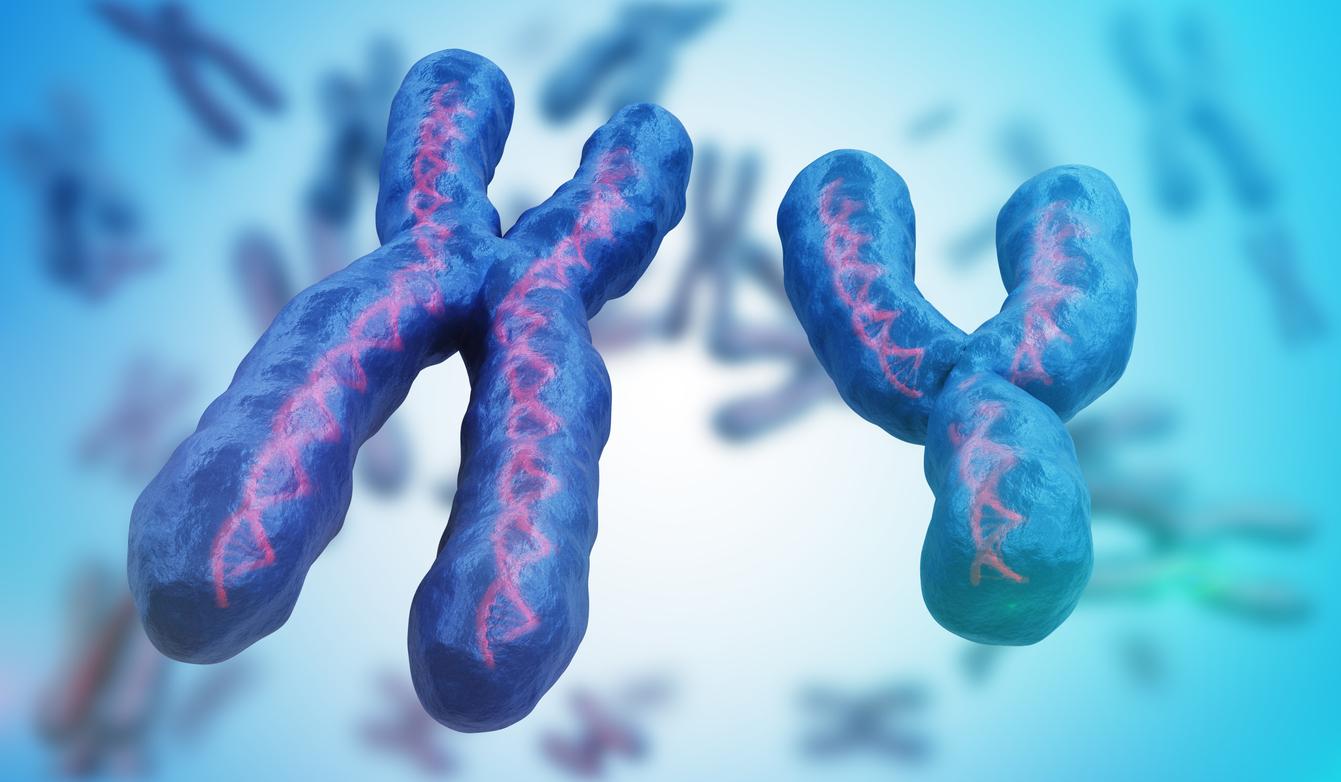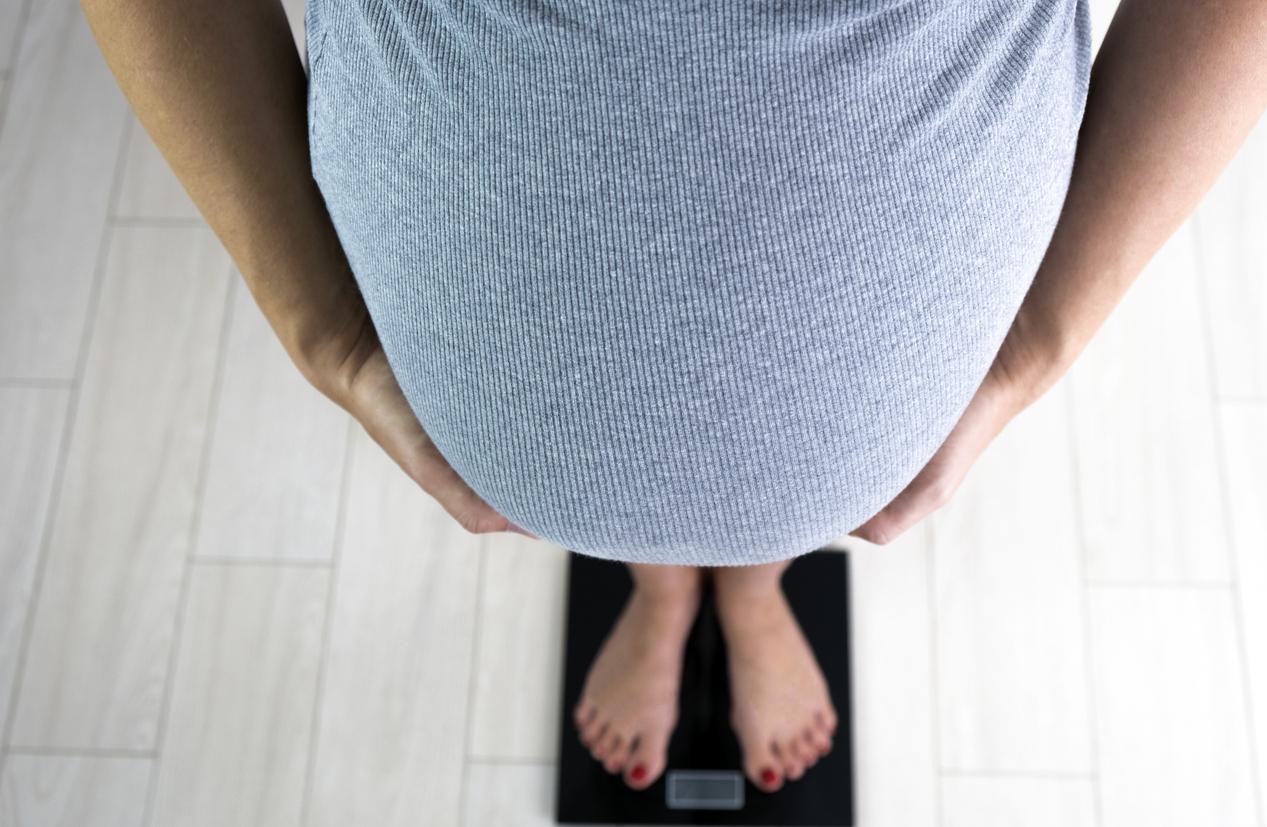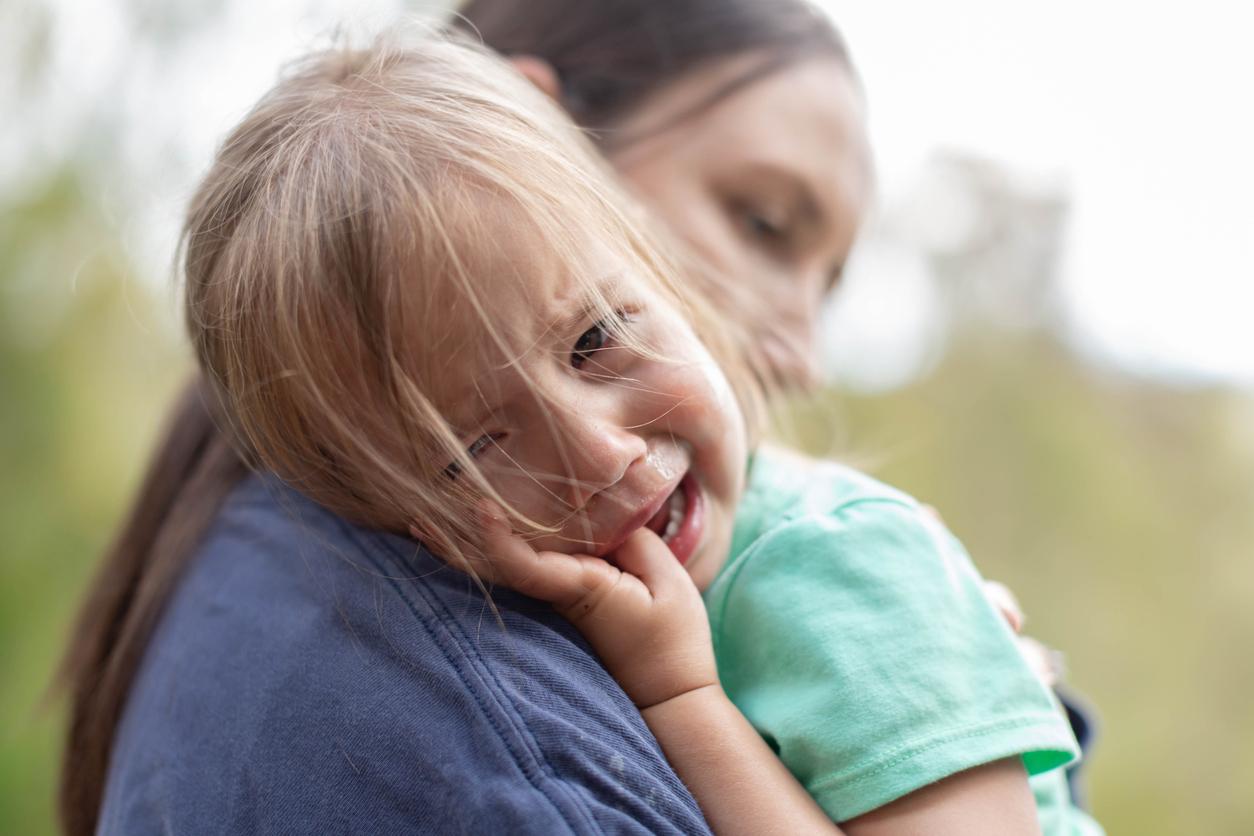A questionnaire to be completed by parents could help diagnose autistic children at an early age.

- A new questionnaire makes it possible to diagnose children suffering from autism from the age of 18 months.
- Nevertheless, some children are not diagnosed with this tool.
Autism affects 700,000 people in France, including 100,000 young people under 20 according to National Institute of Health and Medical Research (Inserm). Autism was described by Leo Kanner in 1943 as the predominance of non-communication with the outside world in young children, which results in an avoidance of gaze. Today, autism is integrated into a larger whole, called autism spectrum disorders (ASD). Other traits include impaired social interactions, communication problems (nonverbal and language), behavioral problems (restricted, stereotyped, and repetitive interests and activities), and unusual sensory reactions. Children who are affected generally have learning and social integration difficulties. Currently, there are different methods – recognized or not by the High Authority for Health (HAS) – to treat autism. But the challenge remains the diagnosis: the earlier it is established, the earlier treatment can start, the better it will be for the child.
Autistic children diagnosed at 18 months
With a view to detecting children suffering from autism from an early age, researchers have just developed a questionnaire called the Quantitative Checklist for Autism in Toddlers (Q-CHAT). -small. It is a more modern version of the original CHAT, an autism screening questionnaire that the same researchers had developed in the 1990s. To test the effectiveness of their new Q-CHAT, they asked parents of 13,070 young children aged 18 to 30 months to complete it. Their results were published in the journal The BMJ Paediatrics Open. Compared to the old version, the Q-CHAT includes assessment – on a scale of up to 5 – of language development, repetitive and sensory behaviors, as well as other aspects of behavior related to social communication. . In phase 1, when their children were between 18 and 30 months old, the parents completed the Q-CHAT. At the same time, 121 little patients were the subject of a diagnostic evaluation and 11 of them ultimately met the criteria for autism: these had all tested positive by the Q-CHAT. Thus, the researchers succeeded in diagnosing children from the age of 18 months.
For some, the questionnaire is not enough for the diagnosis
When these same children were 4 years old, they carried out screening tests for autism, this is phase 2 of this study. Thus, the proportion of those with autism correctly identified by the Q-CHAT as being autistic was 44% and the proportion of children who are not autistic and who are correctly identified by the Q-CHAT as not being autistic was 98%. Nevertheless, the proportion of people screened positive by the Q-CHAT – after phases 1 and 2 – who were later found to be autistic was ultimately only 28%. The Q-CHAT therefore failed to identify all children during infancy – in phase 1 – who were later diagnosed with autism at age 4. But, according to the researchers, some children with autism show sufficiently severe symptoms only later in childhood, which explains their findings. They add that some children are not diagnosed until adolescence or even adulthood, because family support mitigates their difficulties and thus the need for a diagnosis until social demands increase, for example during the transition to high school or the transition to adulthood.
“Screening for autism in infancy means children can be caught earlier which we know can lead to better outcomes, points out Tony Charman, one of the researchers. This is an exciting advance because most other ways to screen toddlers for autism have not been studied in such extensive population studies.” A hope for the youngest patients because, according to Inserm, the first manifest signs of autism appear most often between 18 and 36 months.

.

















